
写作测试中评分员与量表的交互作用研究/外语文化教学论丛
全新正版 极速发货
¥ 27.85 5.7折 ¥ 49 全新
库存2件
作者李航
出版社浙江大学
ISBN9787308152150
出版时间2015-09
装帧其他
开本其他
定价49元
货号3393552
上书时间2024-05-20
- 最新上架
商品详情
- 品相描述:全新
- 商品描述
-
目录
Chapter 1 Introduction
1.1 The Interactive Nature of the Scoring of Direct Writing Assessment
1.2 Research Questions
1.3 Significance of the Study
1.4 Definition of the Key Terms
1.5 Overview of the Book
Chapter 2 Literature Review: Research on Raters and Rating Scales
2.1 Studies Concerning Rater Factor
2.1.1 Effects of Rater Characteristics on Essay Rating Outcomes and Processes
2.1.2 Text Features Raters Focus On
2.1.3 Raters' Mental Processes
2.2 Studies Concerning Rating Scales
2.2.1 Theoretical Arguments Concerning Holistic and Analytic Scales
2.2.2 Effects of Interactions Between Raters and Holistic and Analytic Scales on Essay Rating Outcomes
2.2.3 Interactions Between Raters and Holistic and Analytic Scales and
the Effect of Such Interactions on Essay Rating Processes
2.3 Approaches to Investigating Essay Rating Outcomes and Processes
2.3.1 Essay Rating Outcomes: G-theory and MFRM
2.3.2 Essay Rating Processes: Think-aloud Protocols
2.4 Summary
Chapter 3 Research Design
3.1 Overview of the Research Design
3.2 Context of the Study
3.2.1 General Description of CET
3.2.2 Writing Task in CET-6
3.2.3 Rating Scale and Rating Procedure Used in CET-6
3.3 Data Collection
3.3.1 Materials
3.3.2 Participants
3.3.3 Data-collection Tools
3.3.4 Data-collection Procedures
3.4 Data Analyses
3.4.1 Quantitative Analysis: Essay Scores
3.4.2 Qualitative Analysis
3.5 Summary
Chapter 4 Effects of Rater-scale Interactions on Essay Rating Outcomes
4.1 G-theory Analysis of the Scores
4.1.1 Estimated Variance Components for the Two Rating Scales (G-study)
4.1.2 Score Generalizability (D-study)
4.2 MFRM Analysis of the Scores
4.2.1 FACETS Screening
4.2.2 MFRM Results
4.3 Summary
Chapter 5 Effects of Rater-scale Interactions on Essay Rating Processes
5.1 Differences in the Use of Rating Strategies Across the Two Scales
5.1.1 Differences in the General Categories of Rating Strategies Across the Scales
5.1.2 Differences in the Use of Specific Rating Strategies Across the Scales
5.1.3 Summary of the Differences in Raters' Rating Strategies Across the Two Scales
5.2 Differences in Raters' Text Focus Across_the Two Scales
5.2.1 Differences in the Main Categories of Text Focus Across the Scales
5.2.2 Differences in Specific Text Focuses Across'the Scales
5.2.3 Summary of the Differences in Raters' Text Focus Across the Two Scales
5.3 Difficulties Raters Encountered.When Applying the Tw6 Scales
5.3.1 Major Difficulties in Essay Rating in the Holistic Rating Condition
5.3.2 Major Difficulties in Essay Rating in the Analytic RatingCondition
5.3.3 Summary of the Difficulties Raters Encountered When Applying the Two Scales
5.4 Main Features of Raters' Interaction with the Two Scales
5.4.1 Main Features of Raters' Interaction with the Holistic Scale
5.4.2 Main Features of Raters' Interaction with the Analytic Scale
5.5 Summary
Chapter 6 Conclusion and Discussion
6.1 Summary and Discussion of Findings
6.2 Implications
6.2.1 Theoretical Implications
6.2.2 Practical Implications
6.2.3 Methodological Implications
6.3 Limitations
6.4 Suggestions for Further Research
References
Appendixes
Appendix A CET Essay Rating Scale
Appendix B CET-6 Writing Task and Range Finders (June, 2010)
Appendix C Analytic Rating Scale for CET-6 Writing Tasks
Appendix D Anchor Scripts for the Analytic Rating Scale
Appendix E Questionnaire on the Interpretation and Application of the CET-6 Holistic Scale (Questionnaire 1)
Appendix F Questionnaire on the Interpretation and Application of the Analytic Rating Scale (Questionnaire 2)
Appendix G Instructions and Training Tasks for Think-aloud Protocols
Appendix H Post-TA Interview Questions (Holistic Rating Scale) (Interview 1)
Appendix I Post-TA Interview Questions (Analytic Rating Scale) (Interview 2)
Appendix J Sample Segmented Transcripts of Think-aloud Protocols
Appendix K Coding Scheme for Think-aloud Protocols
Index
内容摘要
李航所著的《写作测试中评分员与量表的交互作用研究》揭示了写作测试中评分员和评分量表问存在的复杂的交互作用。一方面,评分量表所含的关注点和描述语会影响评分员对所测构念的理解以及他们在实际评分中所依据的标准,同时,量表所含的分数数量也会对评分的难度以及评分结果的准确性产生重大的影响。另一方面,评分员也发挥着重要的作用。这是因为:第一,量表无法穷尽对文本特征的描述,而这种描述语与文本之间的“缺口”只能由评分员来加以填补。第二,整体量表各部分的权重以及分项量表各维度间的重叠意味着两种量表自身都会给评分带来一定程度的不确定性。而这种不确定性也只能由评分员来解决。第三,评分员对所测构念的理解不仅会极
大地影响他们对量表的接受程度,也会影响他们对整体量表各部分所给予的权重以及他们对分项量表各维度间所存重叠的区分。
相关推荐
-
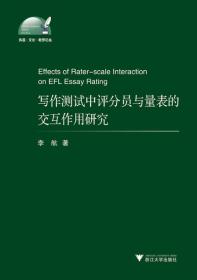
写作测试中评分员与量表的交互作用研究
全新北京
¥ 18.21
-
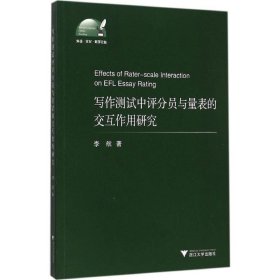
写作测试中评分员与量表的交互作用研究
全新南京
¥ 36.26
-
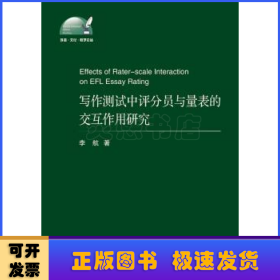
写作测试中评分员与量表的交互作用研究
全新上海
¥ 29.36
-
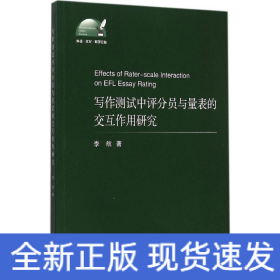
写作测试中评分员与量表的交互作用研究
全新广州
¥ 26.51
-
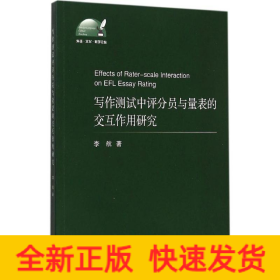
写作测试中评分员与量表的交互作用研究
全新广州
¥ 26.51
-

写作测试中评分员与量表的交互作用研究
全新北京
¥ 19.72
-

写作测试中评分员与量表的交互作用研究
全新保定
¥ 19.70
-

写作测试中评分员与量表的交互作用研究
全新南京
¥ 36.26
-

写作测试中评分员与量表的交互作用研究
全新南京
¥ 36.26
-

写作测试中评分员与量表的交互作用研究
九五品北京
¥ 15.00
— 没有更多了 —


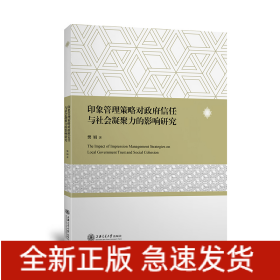
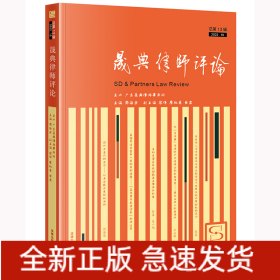
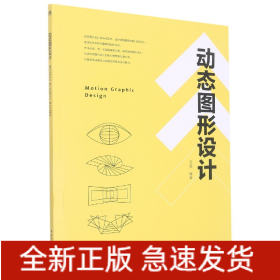
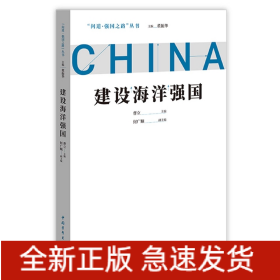
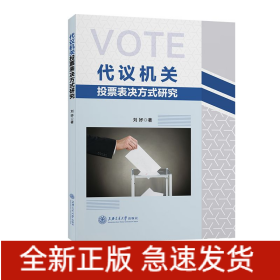
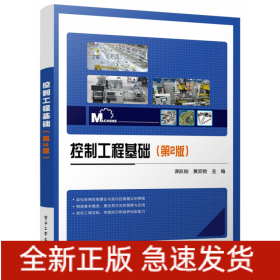
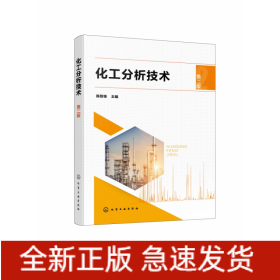
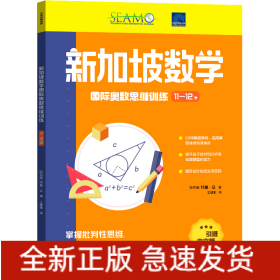
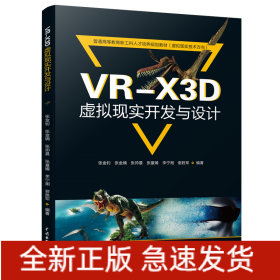


以下为对购买帮助不大的评价